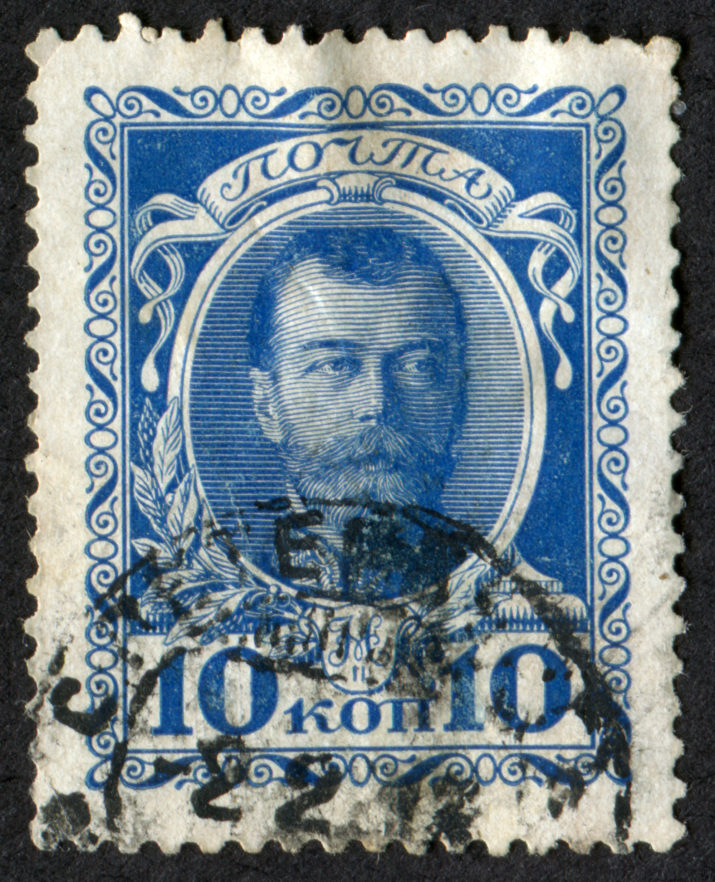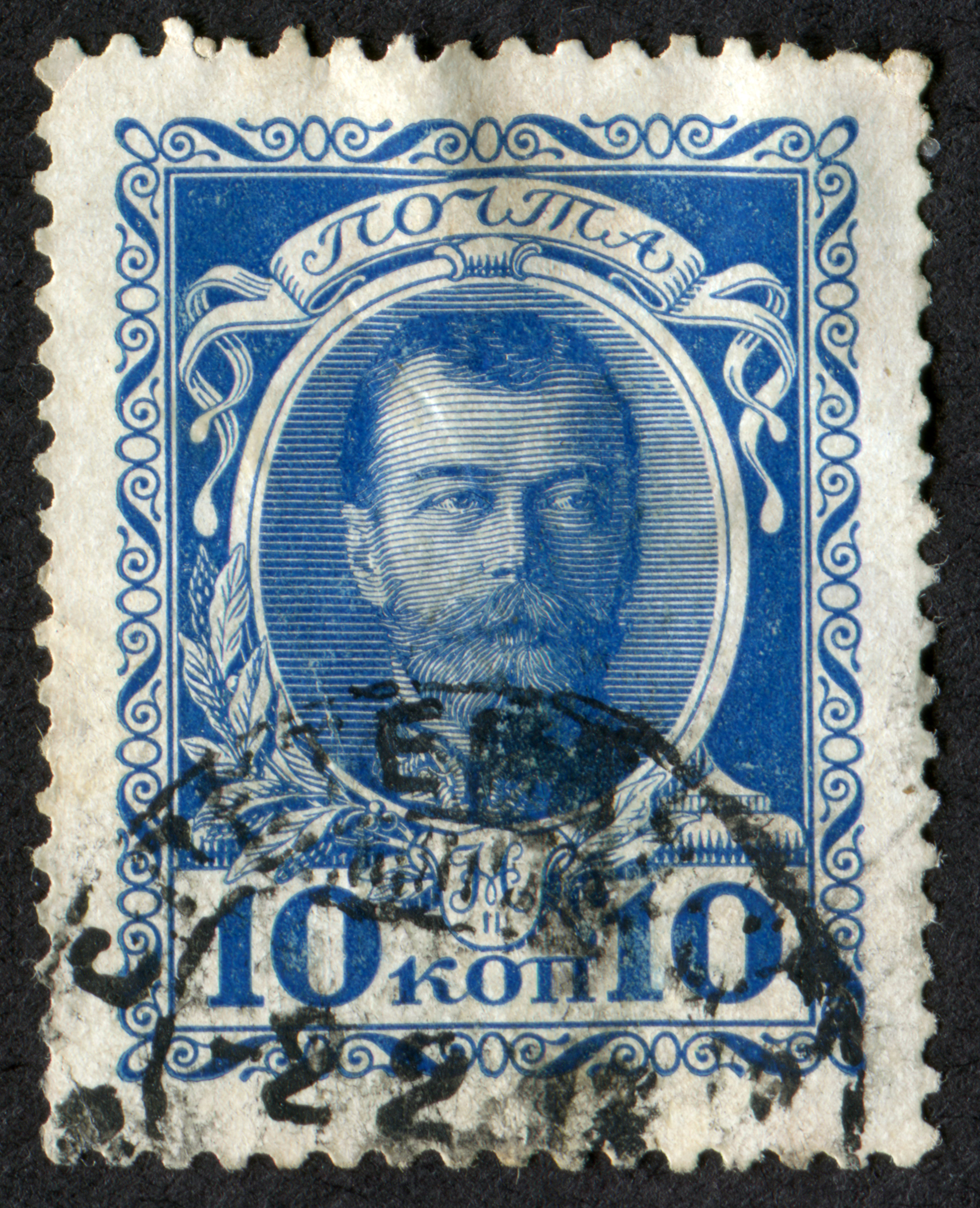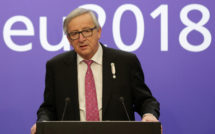

The years 1905-1917 presented Russia with an opportunity to move smartly toward the rule of law and constitutionalism. In October 1905, Tsar Nicholas II issued the October Manifesto, in which he promised a popularly elected legislature, the State Duma, and committed the regime to the principle that law could become effective only with approval of the Duma. The Manifesto also assured Duma members a role in supervising the legality of executive actions. It thus contained the basic idea of the supremacy of law over executive action. There followed four sets of Duma elections, yielding two radical Dumas (the First and Second, 1906 and 1907), and, as a result of an illegal change in the franchise, two conservative ones (the Third and Fourth, running to 1917). The executive branch comprised officials ranging from reformist to reactionary; the tsar himself was reactionary—but wobbly. In February 1917, Russian liberals, who believed in the rule of law (though many with hopeless naiveté on the subject), took office as virtually the entirety of the Provisional Government.
Yet, neither during the prevalence of the Dumas, when Russia had institutions that might have negotiated the way to serious enhancements of the rule of law, nor in the period of the Provisional Government, were Russia’s political figures able to advance the rule of law enough to prevent its elimination by the Bolshevik revolution in October 1917.
Vasily Maklakov, a leader of the Constitutional Democratic party, was a member of all Dumas except the First and was politically active under the Provisional Government. He was Russia’s most eloquent, persistent, and thoughtful advocate of enhancing the rule of law.[i] He obviously failed in that project. But the topics that he addressed provide a kind of road map for what is needed for the rule of law to triumph. The missing elements, in Russia under tsarism and the Provisional Government, and in many countries today, are in part legal institutions, and in part social habits, attitudes and expectations.
The division of the background conditions between formal legal institutions and underlying social conditions poses a standard chicken-egg problem: are the institutional defects due to the prevailing social attitudes, or vice-versa? Causality must run both ways, and deficiencies in either domain reinforce deficiencies in the other. What is at stake in the rule of law is mainly the citizen’s ability to navigate life without constant subjection to official whim. Formal institutions, such as courts, can provide some of the needed protection. But back-up is needed: civil society, the sum of popular habits, attitudes and expectations, are needed as independent constraints on state arbitrariness. But such habits tend to change slowly. As Maklakov said more than once, quoting the poet N. A. Nekrasov, “It’s not easy to correct the work of centuries.” Not easy, but Maklakov’s efforts in 1905-1917 prompt us to ponder the question: was it possible? To understand that broader set of issues (including their application to today’s struggles for the rule of law), we must examine the nature of the institutions and attitudes Maklakov sought to change.
- Judicial independence
One of the great reforms of Alexander II was his reform of the courts in 1864, establishing the independence of judges, safe from involuntary removal or re-assignment. But this independence on paper didn’t really work out in practice. As the man who was minister of justice for much of the run-up to the revolution acknowledged later, in formal testimony, it was possible to “bend” a judge to the government’s will, and he made clear that he had done such bending. Many judges, we can infer, got the message and, in cases where they sensed that the authorities felt strongly, indulged in the judicial equivalent of self-censorship.
What of social attitudes? Start with the elite. A kind of utopianism made the intelligentsia scoff at judicial institutions, even if well designed. Take Tolstoy, a good friend of Maklakov. Viewing all exercise of state power as objectionable, he fiercely applied the Bible’s precept, “Judge not that ye be not judged.” Others of the literary elite were less extreme, but hardly enthusiasts of—or even seriously interested in—an independent judiciary. Alexander II didn’t receive a boost in esteem from that elite for the 1864 reforms, nor did his successors draw criticism for their retreats. How about the peasantry? An aphorism quite common among them was, “If only the laws disappeared, then people would live justly.” There were many other peasant sayings along those lines. The viewpoint was quite natural. What were they accustomed to by way of law? They had virtually no rights, other than a vaguely conceived interest in being assured enough land to sustain them. The courts most accessible to them were a separate set, introduced by Alexander III in one of his many backslidings from his father’s reforms, over which government officials, agents of the ministry of internal affairs, exercised powerful influence. And, as I’ll explain in a moment, there were few judicial remedies against the lawlessness of officials. So at least at the top of society and the bottom, there was no great zeal for judicial independence.
- Judicial remedies against official lawlessness.
Apart from the de facto lack of judicial independence, civil remedies against official lawlessness were a scattered patchwork falling far short of the ones Americans are currently familiar with. And while there was a clunky system of criminal remedies against officials who acted lawlessly, these were largely vitiated by the prosecutors’ inability to get reliable information on the basic facts from any source other than the agencies—whose officials were the very people a citizen claimed had acted unlawfully. The matching social attitude appears to have been one of general apathy toward officials’ disregard of legal rules.
- Centralization of state power
This denied people the opportunity to gain experience developing and applying rules in a legal structure. Even the institutions of local self-government founded by Alexander II (most famously the rural variant, the zemstvos) were subject to review by the ministry of internal affairs. And the ministry’s scope was not just to check whether their decisions conformed to law but also to apply rather discretionary standards. Thus, in exercising their legislative authority zemstvo members had to measure their policy goals in part against legal norms, but also against a rather discretionary veto from on-high.
What social attitudes corresponded to this? Although here the inference is largely from the limits of the legal institution itself, it seems fair to infer a lack of experience in negotiating political solutions under law, and a lack of appreciation for that skill.
- Property rights
These we can divide into two types—the land held by peasants as a consequence of emancipation in 1861, and other property, most notably land of the gentry. As to the second, the state seems to have generally respected and enforced property rights (subject of course to the qualifications above about the lack of judicial independence and remedies against lawlessness). But the lion’s share of arable land consisted of lands that the peasants received at the time of emancipation. Peasants held these collectively, in communes, so that no person or even family could decide independently how to cultivate it or whether to sell it. So peasants’ ownership of these lands provided none of experience with the sort of independent decision-making that property-holding usually entails. The Stolypin reforms, launched in 1906, enabled peasants to exit the commune. But even for those who achieved exit (a complex process that only about 15 percent of peasants fully completed by 1915), the resulting property interests lacked true marketability, above all the ability to sell outside the peasant estate. This obstructed the owners’ access to capital and denied them full responsibility for making choices on the use of a resource. Obviously it blunted experience dealing with opportunity cost.
What of social attitudes? The peasants had formerly been property—not an experience likely to generate respect for the institution. Nor was there any public support for the Western view that property rights enable citizen resistance to an overweening government. Quite the opposite: As the main property owners (i.e., non-peasant landowners) had for centuries depended on the state to help keep their serfs down, property was naturally associated with dependence on the central government—a form of dependence highly oppressive to the vast majority of Russia’s citizens.
Apart from the role of property as a source of resistance to government oppression (and public recognition of that role), the weakness of property rights seems to me the flipside of the concentration of government power. Local legislating in a framework of law is practice for living in a rule of law. But an owner’s property rights parallel his rights in a local political entity, on a smaller scale. It is the quintessence of the principle of subsidiarity—the doctrine that decisions should generally be made at the lowest feasible level, i.e., the level encompassing the people most directly affected, so long as externalities of one kind or another don’t justify review at a higher level. Low esteem for private property thus seems connected intellectually and practically to imperial Russia’s extreme centralization of government and to the underdeveloped character of its local self-government.
- Formal barriers of religion, estate, and ethnicity
These had a formal, legal status. The Pale of Settlement, for example, barred Jews from entering those parts of Russia other than the “Pale”—basically the lands Russia had acquired relatively recently in the west, areas with very substantial Jewish populations. There were exceptions allowing Jews to enter the rest of the country for specific trades; these made the exclusion less draconian. But the overall system—a very broad prohibition relieved by a set of ad hoc exceptions—meant arbitrary lines, arbitrary enforcement, and rich opportunities for bribery. Within Christianity, the state placed its thumb heavily on the scale for Orthodoxy, with rules against “blasphemy” and proselytizing and with bureaucratic obstacles to formation of groups of worshippers such as the Old Believers. As to estates, a decree of October 1906 had relaxed various artificial restrictions on peasants, notably the general exclusion of them from higher education. But the old rule cast a shadow: the low educational level of the older generations. And restrictions made it hard for a peasant who left the commune and tried his hand in the city to retain a role in the village he had left, thus artificially denying those villages association with members who had successfully ventured into the broader world. Finally, the longstanding cultural and religious distinctions between national minorities such as Poles and Finns and their Russian overlords gave the latter’s domination an extra twist of rancor.
These divisions of the Russian populations are quite different from the natural divisions of creed, occupation and ethnicity in a healthy pluralistic society. Although all such divisions may to a degree thwart private collective action to restrain government or to perform the tasks that might otherwise have to be performed by government, the tsarist state’s intervention seems likely to have generated an extra emotional animus, far more inhibiting to the development of civil society.
- Freedom to advance—and gain independence—through innovation, hard work, and entrepreneurship
Honest income-producing activity is generally a source of independence of the state, at least if the actor isn’t dependent on government for sales, supplies or special deals of one kind or another. A broad field of people able to object freely to challenge government action is a healthy constraint on state arbitrariness. As to entrepreneurship, one formal barrier existed—the state’s failure to allow incorporation through simply filing a set of papers. That set Russia fifty to one hundred years behind England, France and the various U.S. states (and, as to national bank charters, the federal government). Also, the government’s role as buyer, which appears to have been larger than in similar European countries, created a great opportunity for cronyism.
Social attitudes? Among peasants, there was a widespread notion that any rich peasant must be a kulak (meaning fist) or a miroedy (meaning commune eater). Given the commune’s obstructions to entrepreneurialism and innovation, it was pretty natural to view someone who got at all prosperous as having done it through chicanery, thievery, or force. The apotheosis of this is the rabid invective against the bourgeoisie that blossomed in 1917 itself. The ethnic structure of entrepreneurism aggravated the needs for crony relationships. Persons of Jewish or German ancestry prevailed in the economic realm out of proportion to their numerical share of the population. The “pure” Russians, especially ones of aristocratic birth, were thus natural choices as go-betweens, to smooth the way for others’ enterprises.
- Direct government barriers to association
The government was, perhaps understandably, anxious about people forming associations other than ones under government control. (Maklakov encountered a dramatic example of this in the famine of 1891, when he tried to find channels for aiding peasants with the proceeds of a student orchestra performance at Moscow University.) While Jesus famously said, “For where two or three are gathered together in my name, there am I in the midst of them,” the regime seemed implicitly to say, “Whenever two or three are gathered together outside our control, they are likely to get up to no good.” This included bans on private associations among university students and government discouragement of purely private negotiations between employers and employers. So the culture of solving problems by private organizations, which so struck Tocqueville as he travelled through the United States, was largely absent in Russia.
On all of the above issues, Maklakov was actively working for amelioration, mostly aimed at the formal institutions, though he also aided informal institutions through his own gregariousness, ability to form associations of disparate people, and his clear thinking, free of any alienating extremism. On the issues on which he was relatively inactive, especially peasant property rights, the explanation lay in part in his reluctance to break with his fellow Kadets.
These problems in government structure and social relations are pithily summarized by Tocqueville, speaking of pre-revolutionary France:
When the Revolution happened, one would have to search most of France in vain for ten men who had the habit of acting in common in an orderly way, and taking care of their own defense themselves; only the central power was supposed to take care of it . . . .
Given this array of problems, it would be naïve to think that, even with the best will in the world, Russia could have reformed its way into a robust rule-of-law state between 1905 and 1917. Again, the poet Nekrasov’s words quoted by Maklakov, “It’s not easy to correct the work of centuries.” To be sure, there were factors beyond the pre-existing social conditions: The regime was often stubborn in resisting reform; the liberals often overplayed their hand, especially in their demands in 1905-1907 for concessions far beyond what the correlation of forces could justify; and disasters struck, above all the war, beyond any party’s complete control. Nonetheless, social institutions do change, and change dramatically. Examples abound in human history. It’s not crazy to suggest that, with better leadership on both sides, more in the compromising spirit of Maklakov, Russia could have removed at least some of the encrusted barnacles blocking progress to the rule of law. And, conceivably that progress might have enabled Russia to bypass the Bolshevik triumph.
Stephen F. Williams is the author of The Reformer: How One Liberal Fought to Preempt the Russian Revolution (Encounter Books, 2017) and a Senior United States Circuit Judge of the United States Court of Appeals for the District of Columbia Circuit.
Photo: RUSSIA – CIRCA 1913: A stamp printed in Russia shows portrait of Nicholas II . Romanov Dynasty. 10k. Scott Catalog 218 A21, circa 1913
[i] Factual assertions in this article are substantiated in my biography of Maklakov, The Reformer: How One Liberal Fought to Preempt the Russian Revolution (Encounter Books 2017).
Published on June 27, 2018.




